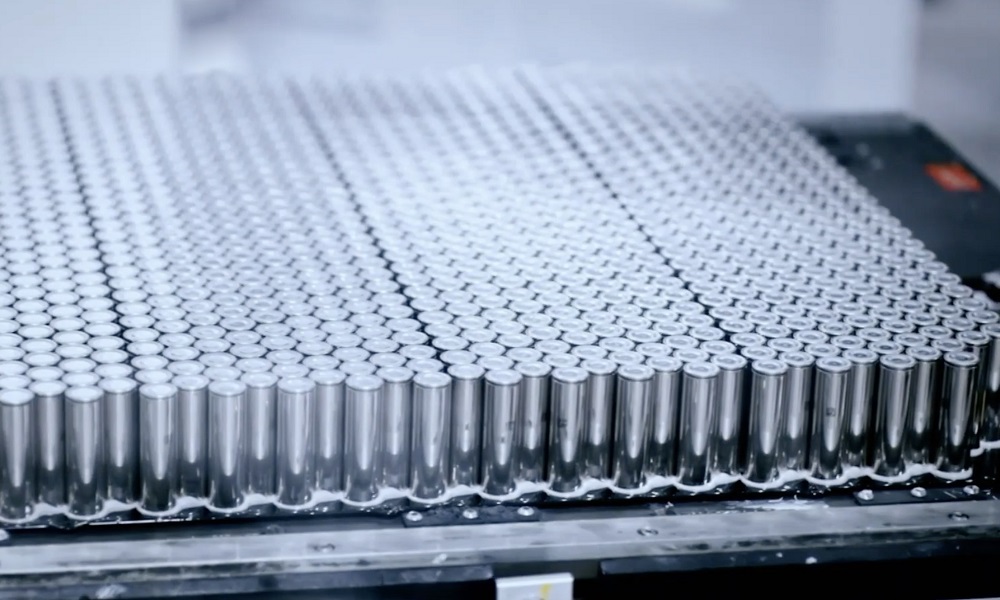
The tech industry doesn’t have a minute of rest. We have already spoken on more than one occasion about the shortage of semiconductors, and also about the problems that affect passive components, and even the shortage of copper, and now it is the turn of batteries, since the price of lithium and nickel has skyrocketed, and it is affecting production costs.
According to Reuters, the high price of both metals has made the batteries that are produced to later manufacture electric cars is going up considerably, a problem that, at the moment, is being noticed especially in China, although this does not mean that it cannot be transferred to other markets in the short or medium term.
We are facing an important change in trend that has contradicted all the expectations of the sector, since it was expected that, with the passage of time, the production of batteries it was getting cheaper, and that this facilitated the transition to the electric car. In case someone does not quite understand why this is so important, I remind you that batteries are not only one of the most important components of the electric car, but also they are one of the most expensive.
If we look at the figures provided by the source of the news, we realize that the increase in cost of both materials has been very large. The price of a ton of lithium carbonate in China has risen by more than 300% over the past year, and has peaked at $ 28,675. For its part, nickel sulfate has risen 30% in the last twelve months, reaching 5,658 dollars per ton in September. This price increase is a direct consequence of the classic game of supply and demand, without further ado.
The price of cobalt hydroxide has also increased by 80% ($ 47,800 per ton), another piece of information that, as a whole, predicts a price increase that could lead to at a cost of $ 115 per kWh on batteries, which is an increase of $ 10 compared to the current cost. If this happens, the market will have to adapt to a totally new and unexpected situation, since, as we anticipated, it breaks the trend of gradual cost reduction that had prevailed in the sector before this price inflation took place. We do not have details on how long this situation could last.



